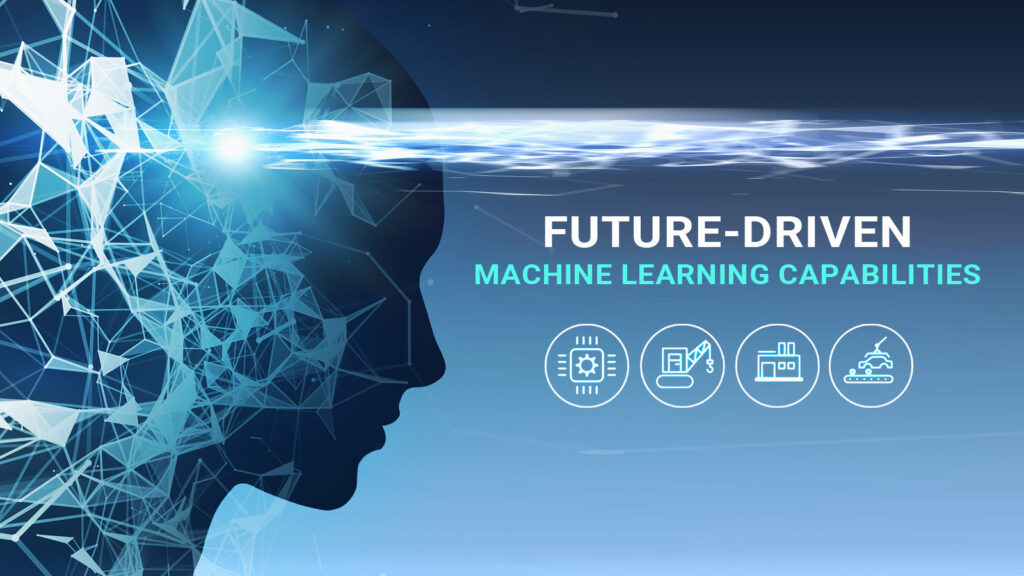Creating Robust Machine Learning Models with Limited Data: Insights from the Study of Partial Differential Equations

Data-Efficient Machine Learning: Unveiling the Power of Partial Differential Equations
In a groundbreaking study published in the Proceedings of the National Academy of Sciences, researchers from the University of Cambridge and Cornell University have unlocked the potential of building dependable Machine Learning models with minimal training data. This discovery could revolutionize various fields, including engineering and climate modeling, by reducing the resource-intensive nature of training models.
The Traditional Data Dilemma
Typically, Machine Learning models demand vast amounts of meticulously annotated training data to achieve precision. However, this approach is not only time-consuming but also costly. Dr. Nicolas Boullé, the first author of the study, stated, "Using humans to train Machine Learning models is effective, but it's also time-consuming and expensive." This predicament prompted the researchers to explore just how little data is truly necessary to attain reliable results.
Harnessing the Power of Partial Differential Equations
The research team shifted their focus to partial differential equations (PDEs), fundamental in explaining the physical laws governing the natural world. According to Boullé, PDEs are akin to "the building blocks of physics." These equations underpin various phenomena, from heat diffusion in a melting block of ice to the steady state of physical systems.
Unlocking the Secrets of PDEs in AI
The team's breakthrough came when they discovered that PDEs modeling diffusion possess a structure beneficial for designing AI models. By incorporating known physics principles into the training data, they could significantly enhance accuracy and performance. Mathematical guarantees were integrated into the model via an efficient algorithm predicting PDE solutions under diverse conditions. This exploit of short and long-range interactions revealed the minimal training data required for a dependable Machine Learning model.
Surprisingly Minimal Data Requirements
The findings unveiled a remarkable revelation: in the realm of physics, a limited amount of data can suffice to create a reliable model. Boullé commented, "It's surprising how little data you need to end up with a reliable model. Thanks to the mathematics of these equations, we can exploit their structure to make the models more efficient."
Shedding Light on Machine Learning Models
The researchers anticipate that their techniques will demystify the inner workings of Machine Learning models, making them more interpretable for humans. However, they acknowledge that further research is necessary to ensure models are learning the right concepts. Boullé concluded, "Machine Learning for physics is an exciting field – there are lots of interesting maths and physics questions that AI can help us answer." This research represents a significant stride towards unlocking the potential of Machine Learning with limited data, paving the way for more accessible and cost-effective applications in various domains.
Efficient Machine Learning at the Edge in Parallel
Tags: Data-Efficient Machine Learning, Robust Machine Learning Models